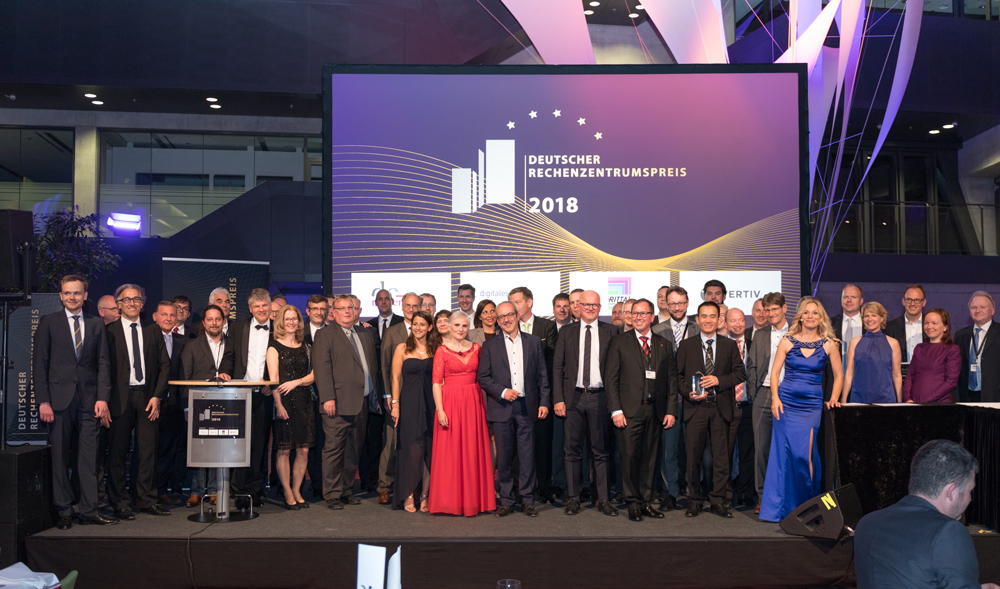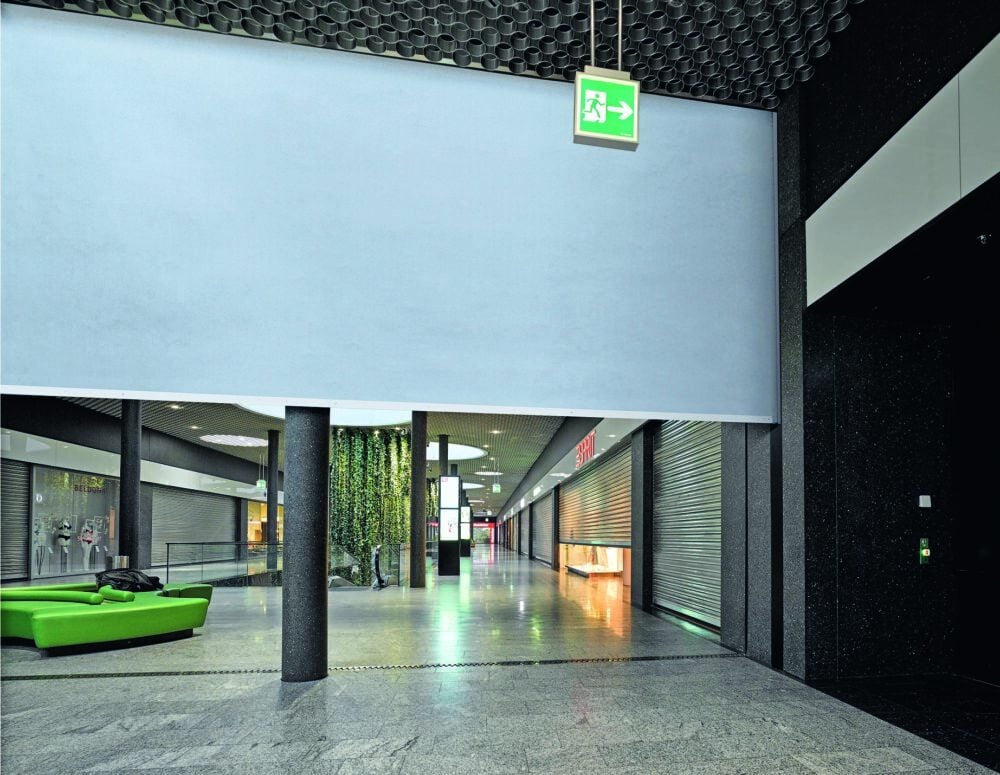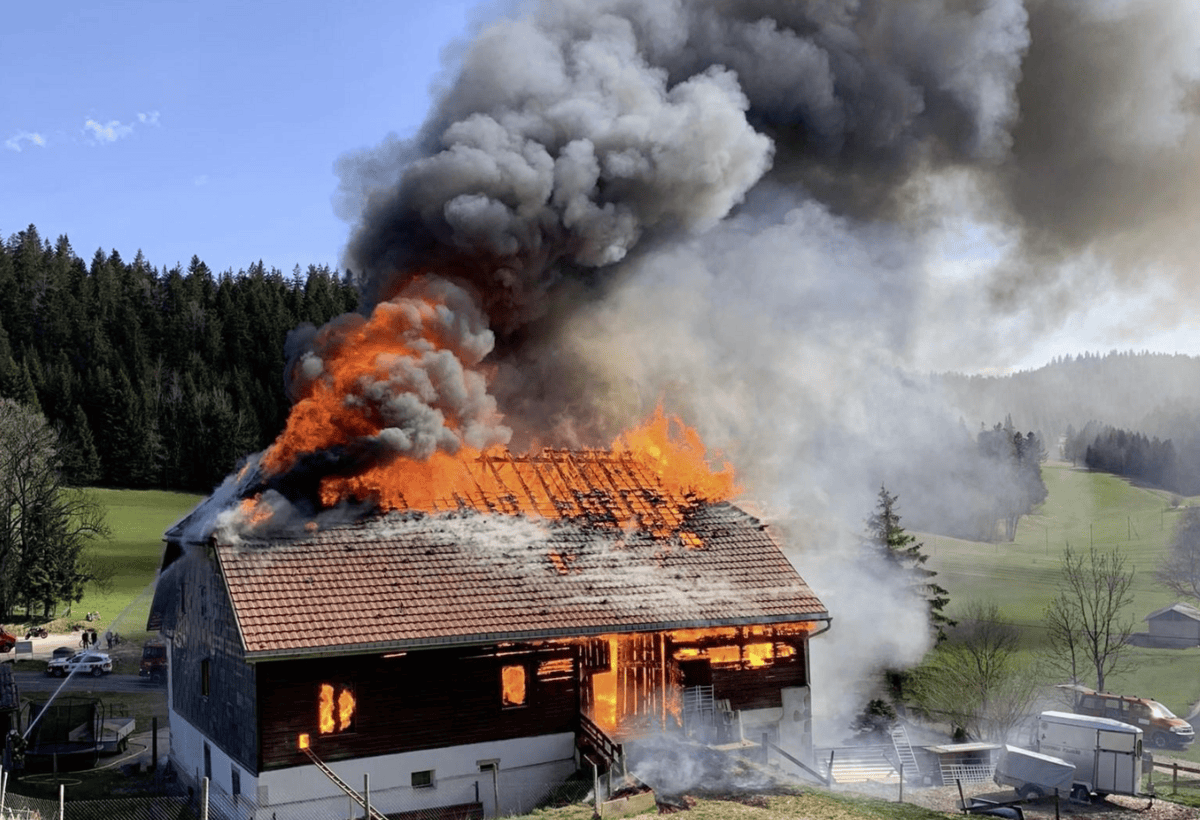Data center award goes to Minimax
Minimax, a company specializing in fire protection, has received another award for its Oxeo EcoPrevent systems.

Minimax has won the German Data Center Award with Oxeo EcoPrevent FC/CS in the Category "RZ Security Technology won. For the IT industry, gas extinguishing as well as oxygen reduction technology are established fire protection solutions. In some projects, combined systems have the greatest benefit; such "hybrid solutions" of fire prevention and gas extinguishing systems are an interesting option for data centers, for example, the supplier writes. The combination of Oxeo EcoPrevent FC (Fuel Cell) and Oxeo EcoPrevent CS (Cylinder Storage) is a particularly economical solution that combines high extinguishing efficiency and safety with the advantages of a fuel cell, it says.
The provider describes its solution as follows:
Oxeo EcoPrevent FC (Fuel Cell): Similar to motorized combined heat and power plants, fuel cells simultaneously generate electricity and heat or even air-conditioning cold according to the principle of combined heat and power. This process is almost silent and very efficient due to the direct conversion of the chemical energy of the gas used. Moreover, the fuel cell can achieve a return-on-investment, which is unique in fire protection. During energy generation, the fuel cell produces clean and nitrogen-rich exhaust air as a by-product. This exhaust air is produced permanently during operation and at no additional cost. It can be ideally used to operate an oxygen reduction system for fire prevention. This solution is very environmentally friendly and ensures high CO₂ savings.
Oxeo EcoPrevent CS (Cylinder Storage): In the Oxeo EcoPrevent CS system, the nitrogen does not come from a generator but from nitrogen cylinders (cylinder storage). Only when the oxygen concentration in a protected area exceeds a specified value is nitrogen introduced as required. This system makes use of the typical stages in the course of a fire: Thermolysis gases, such as carbon monoxide, generally escape during the development of a fire even before aerosols or the smallest smoke particles are produced. Early thermolysis gas detection is therefore the best prerequisite for actively preventing the development of an open fire. In the event of thermolysis gas detection, the oxygen concentration in the affected protected area is reduced by controlled nitrogen supply to such an extent that a "fire-safe" atmosphere is created. Areas protected with Oxeo EcoPrevent CS can be walked on without restrictions when the system is operational, as the oxygen concentration is only lowered in the event of damage (prevention mode II) and is not kept permanently low. By additionally switching to intervention mode, the system can also extinguish like an inert gas extinguishing system in the event of a fire. This type of system consumes particularly little extinguishing agent and still provides energy-efficient fire protection at the highest safety level.
Advantages: The two systems complement each other: The fuel cell provides nitrogen in an extremely energy-efficient manner and enables a return-on-investment. The additional amount of nitrogen available from cylinders ensures a rapid reduction in oxygen levels when needed and can even extinguish a fire in intervention mode. The combined system is highly efficient, saves CO₂, provides nitrogen around the clock at no additional cost, and generates 100 kW of electrical and thermal energy (and optional air-conditioning refrigeration) instead of consuming it.
According to Minimax, the combination offers increased safety through three individual oxygen concentration levels (e.g. 17 vol.-%, 15 vol.-%, 11 vol.-%), has lower extinguishing agent consumption through the starting concentration of e.g. 17 vol.-% and through the lowering of the protective atmosphere in two stages (prevention and intervention mode). In addition, this innovative technology offers extended holding times compared to conventional gas extinguishing systems, it concludes.









